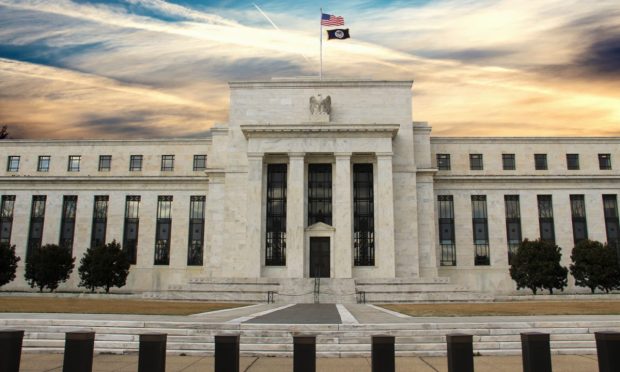Fed’s Nod to Credit Tightening Portends Tough Times for Paycheck-to-Paycheck Economy

Another Fed meeting, another interest rate hike … and more trouble ahead for paycheck-to-paycheck consumers and small to midsize businesses (SMBs).
The central bank boosted its benchmark interest rate by 0.25%, and while there may not be more rate hikes on the horizon, or maybe there will be, some of the language from Chairman Jerome Powell points to a tougher landscape for individuals and corporates alike.
“Financial conditions seem to have tightened, and probably by more than the traditional indexes say,” Powell said in remarks at a press conference, as reported by CNBC.
And the Fed head noted in other remarks that the turmoil within banking might have a lingering effect — likely in a “tightening of credit availability.”
That means, of course, that banks will continue to pull back on lending, will tighten the terms and rates and lending pool itself. The immediate impact is that borrowing will become more expensive as interest rates increase. But less available credit? Well, that means that consumers and SMBs who are not all that leveraged, at least not yet, will not have the financial firepower they might like to have to 1) grapple with everyday expenses, or 2) in the case of enterprises, capitalize on new growth opportunities.
Willing – but Not Able – to Tap Credit
PYMNTS data has found that there’s been a willingness to consider using credit more, in the months ahead. As noted in the LendingClub/PYMNTS report “New Reality Check: The Debt and Credit Deep Dive Edition,” a significant percentage of consumers — 27% of paycheck-to-paycheck cohorts — would be inclined to take on more credit card debt. That stat presents itself just as roughly a quarter of U.S. consumers, overall, have been taking money out of savings to manage their credit card debt. The P2P consumers, as we might term them, are already carrying three times more credit card debt than other demographics.
In fact, among cardholders living paycheck to paycheck, 34% of those without issues paying monthly bills and 47% of those who struggle to pay their bills “always” or “usually” have a revolving balance. Just 12% of consumers not living paycheck to paycheck “always” or “usually” revolve credit. Revolving balances become more expensive in a period of rising rates. The consumers with issues paying their monthly bills on average carry balances of 157% of their available savings, so there’s not all that much room to chip away at the balances that are revolving.
Hitting Main Street SMBs
For the SMBs, the tightening of credit has been long in evidence and is about to get worse. As we wrote earlier in the year, small business financing firm Biz2Credit noted that there’s been little to no growth in lending to SMBs. As for the big banks, small business loan approval percentages fell from 14.6% in November to 14.5% in December, the lowest levels for the year.
The Fed’s data shows that new small business loan balances decreased 22.1% in 2022, compared with the previous year, driven by a 24.5% decrease in new term loans and a 17.7% decrease in lines of credits.
No matter where we look — at the consumer level, or toward Main Street SMBs — the belt tightening’s not done, and access to credit’s no sure thing.

